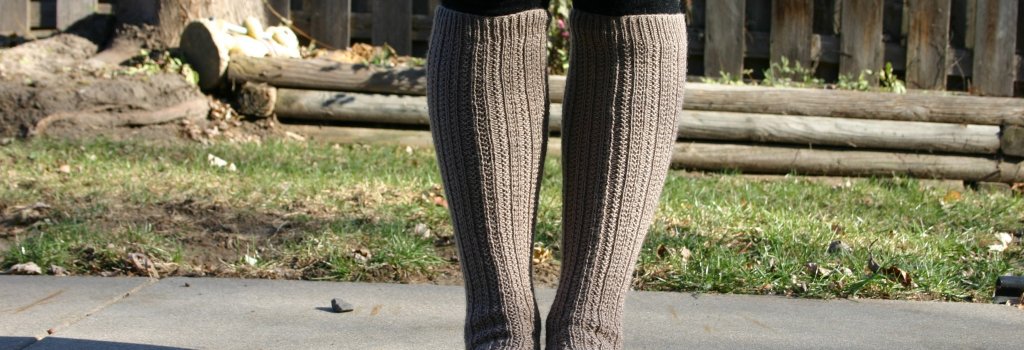
Knees: Scrapes, Twists and Tears
Knees are famous for scrapes (and bees). Little kids play rough and tumble and when they do, they land on ‘em. Little band-aids on a child’s knees are almost – dare we say – cute. They remind us of learning to ride bikes and popsicles on summer days and swingset leaps. Luckily, kids’ knees are resilient.
As we get older – not so much. Knees take a beating and unfortunately they’re really only meant to bend in one direction. We could go on and on about knee maladies (arthritis anyone?) but let’s pick one: sports injuries.
As we graduate from learning to ride bikes to learning to ski and more, we introduce a lot more opportunities to scrape, bang, twist and torque our knees. Knee injuries are incredibly common, especially in sports. There are a variety of tissues to damage – from bone to muscle to tendons to ligaments. Imaging may be needed to see all of the complex structures.
With sports injuries, damage to ligaments may occur, especially with twisting or blows from the side – ligaments (connecting bone to bone) include the anterior cruciate (ACL) and posterior cruciate ligaments which cross (cruciate comes from the Latin for “cross”) the center of the knee. The medial and lateral collateral ligaments stabilize the inner and outer aspects of the knee respectively.
Sometimes with a twisting motion, multiple structures will be involved in the injury. MRI is an excellent means of imaging the knee, allowing us to look at bone, soft tissue and cartilage all at the same time. You can even give a good estimation of the way a knee was injured based on the pattern of injuries present on the MRI. Injury to the ACL happens in athletes of all ages. The ligament can be torn partially or completely, and knee instability in a classic pattern will often be found on clinical exam of the knee. ACL tears are often associated with bone bruises in classic places, and may be associated with damage to the other soft tissue structures, from other ligaments to meniscal tears. Tendons (which connect muscles to bone) may also be injured – either the quadriceps tendon coming to the top of the patella (kneecap), or the patellar tendon, coming from the bottom of the patella.
Often the tears can be felt by your doctor on exam. Imaging, often with MRI or with ultrasound, may be necessary to see if the tear is complete and look for other injuries. Muscle injury can also occur, and is well-imaged by MRI. The menisci are discs of cartilage between the femur and tibia which provide cushioning and which can get torn. This can cause a sensation of something locking in the knee with motion (although other things can also do that) or may just cause pain. Meniscal tears are well-seen on MRI, and may also be evaluated with arthrography.
As with shoulders – you want to take care of your knees and keep ‘em strong. This doesn’t mean don’t play – it just means play smart. Other things you can do to help protect your knees can be found here.
Image credit: trufflekneehighs by boocub via Flickr Copyright Creative Commons Attribution- NonCommercial- NoDerivs 2.0 Generic (CC BY-NC-ND 2.0)
Originally published 4/22/14 on diagnosticimagingcenters.com.





